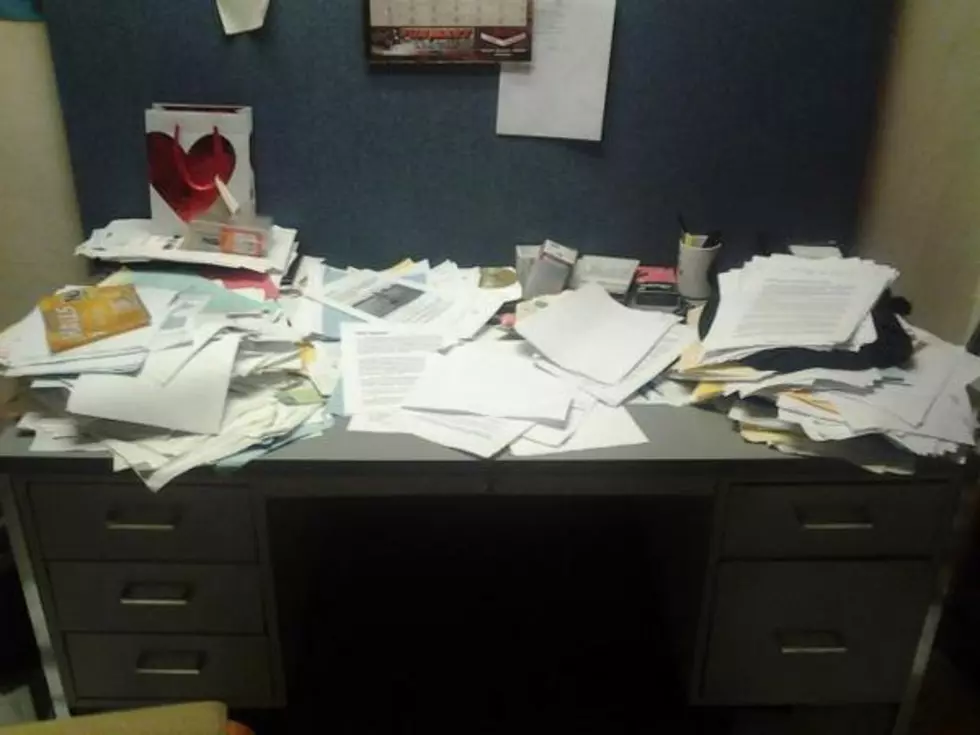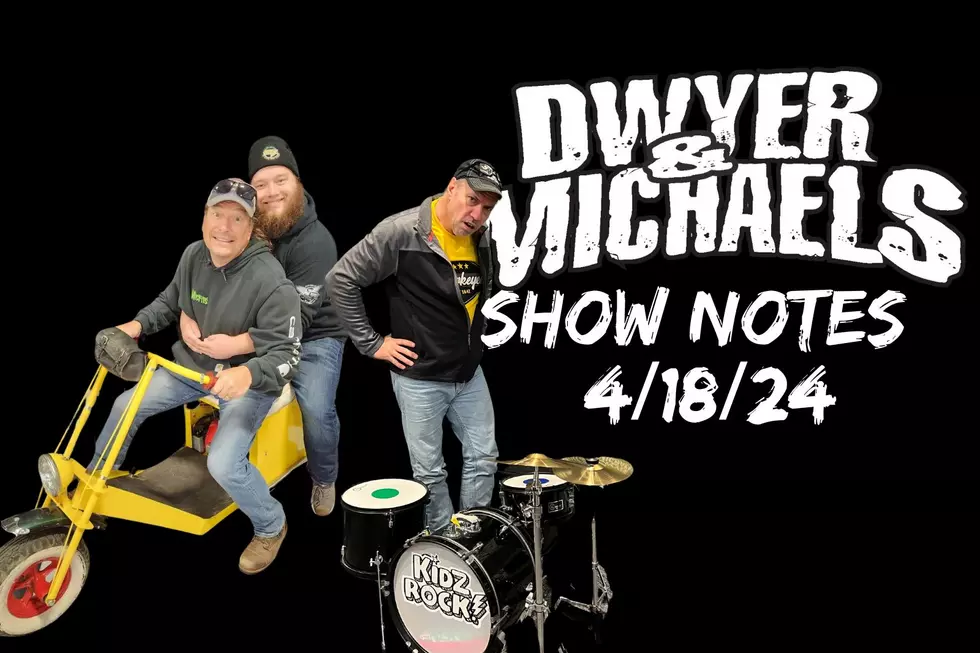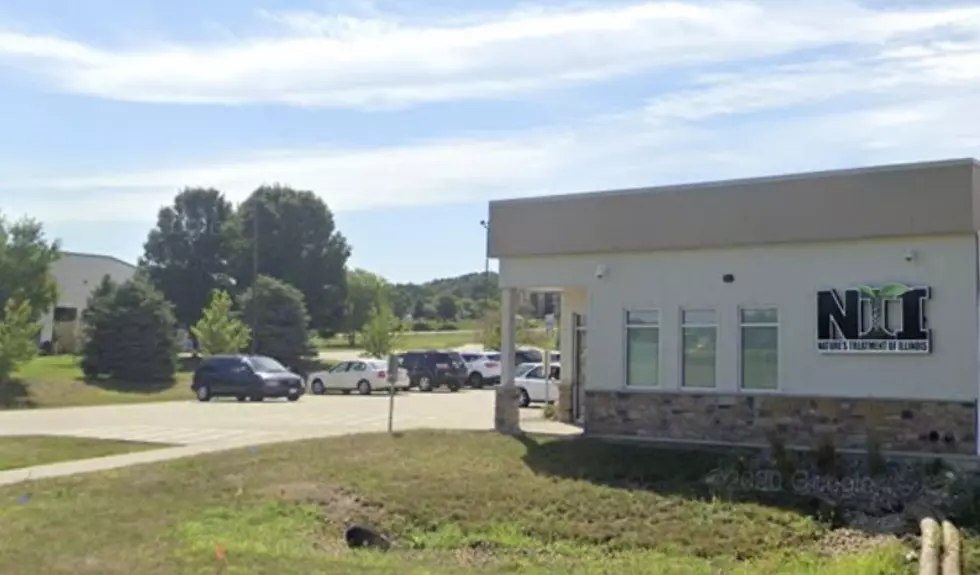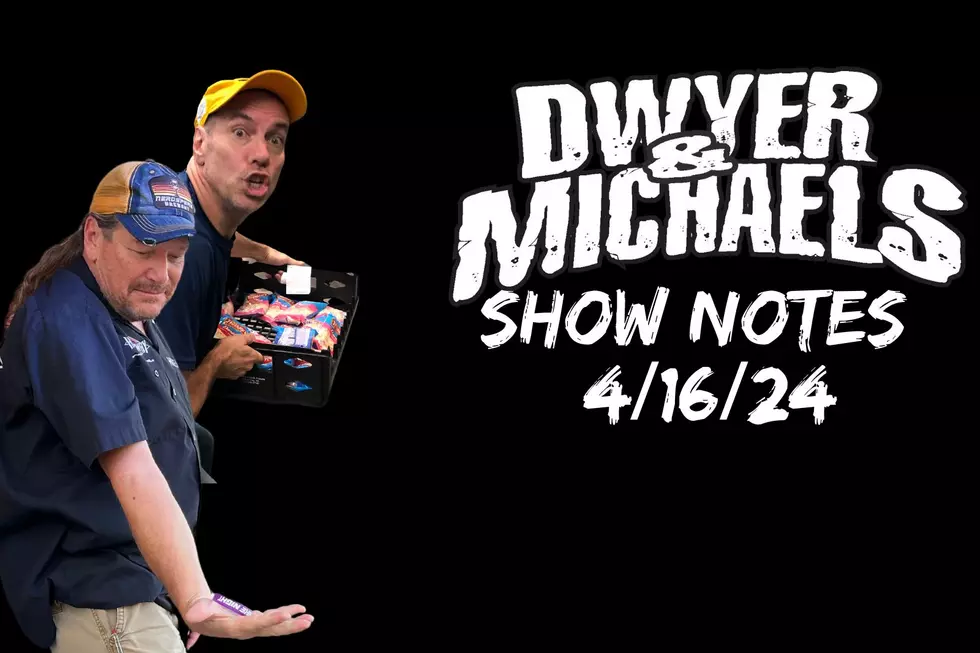
Using the 5S Program You Can Establish a Visual Workplace
If you have a messy work area, you are losing productivity. Following along with this system, you can get more work done.
Do not think of 5S as sequential. Think of all 5 Ss as a single ongoing action.
First, definition of terms:
Sort - Means to group by frequency of use, then by association. It does not mean smallest to largest, shortest to tallest, lightest to heaviest, ect.
Shine - Means removing anything not part of the work process. It does not mean mopping, waxing, dusting, etc.
Standardize - Means having the right item at the right quantity at the right quality available at the right time. Not too much, not too little, not too early, not too late. It does not mean items cannot be removed, added, moved, etc.
Set in Order - Means placing items such that they reduce the total amount of motion required to perform work. It does not mean make the area look pretty.
Sustain - Means adhering to the arrangement at the end of a session while continually refining to better facilitate work. It does not mean everything is set in stone and cannot change nor does it mean every item must be returned to its spot immediately after use.
While 5S is not sequential in practice, it is somewhat sequential when you first start. There are no hard and fast rules how you go about it. For clarity I offer you one example. Writing it out like this makes it appear vastly more complex and rigid than it really is.
Step 1 - Piece by piece go through every item in or around your bench. Place the items in groups by the following criteria:
A. Constantly used
B. Frequently used
C. Occasionally used
D. Seldom used
E. Never used
Step 2 - Within each group, except group E, sort by association i.e. like items together.
Step 3 - Identify which items within each group are tools and which are consumables.
Step 4 - Determine typical quantity of each consumable used in any given session. It is not important to be accurate first time around. Best guess is fine, the quantity will be self-refining over time.
Step 5 - Remove excess consumables and unneeded redundant tools from each group. Sort by association.
Step 6 - Completely clear the bench area.
Step 7 - Determine how much space and the location on the bench that is designated clear work area. The green mat is the customary nucleus for a modeler. Resolve yourself to the boundary must not be significantly infringed upon during items placement.
Steps 8 and beyond are determined by your own unique physical arrangement. There are no insert tab A in slot A type instructions. Adjust to fit your situation. There is no right or wrong first placement. All you are really doing is establishing a baseline. The basic premise is to locate items so they have a known location, best facilitate work, and require the least amount of motion to acquire based on demand. High frequency closest, low frequency farthest away.
Step 8 - Place the excess consumables and tools from step 5, arranged by association, into category D or off bench storage if available. Move category E items out of the work area.
Step 9 - Arrange items. The below example illustration assumes the following:
- Only a single tabletop surface is available
- Tools are accessed more frequently than consumables regardless of category
- A small "in process" area is required (Ex. set aside while glue dries)
- Right handed person
- Areas immediately to the left and right are buffers for accommodating variability in the process (Heady statement I know. It will become clear later)
Step 10 - Test it out. Do your usual modeling work. Move, replace, add, shift, raise, lower, adjust. Whatever presents itself as awkward, constraining, or just a general PIA then do something about it. Rearrange.
Step 11 - Return all items to their designated spot at the end of each session. A session is not a time period. Don't think of it as make your bed every morning. A session could be work on a particular project, or a certain step within a work process, or a significant change in work type (Ex. moving from cutting and gluing to painting and weathering). Session boundaries are defined as the point in work where the utilization of tools or consumables changes significantly.
Step 11 BTW is an area of great popular misunderstanding. Too many people equate this step with being neat and tidy or cleaning up after yourself when you are done at the moment. That's housekeeping, not 5S. Think about it... if you are continually putting away and getting back out the same tools and consumables over and over yet there is no change in work type being done then it is all wasted motion for the sake of appearances. 5S is all about functionality and reducing waste, not about how much of a clean freak you are or how pretty your work space is. As odd as this may sound, in the 5S world you would never make your bed in the morning. It is wasted motion for the sake of appearance and does not increase your efficiency of getting in and out of bed or sleeping. Note to pqe: Did the light bulb just go on why Einstein's messy desk is not necessarily anti-5S?
Step 12 - When sufficient time has passed that you have reasonable certainty an item genuinely belongs in category E then put it for sale. Re-deploy the inventory resource (money) towards a more immediate need.
The ongoing step - Continually refine your bench arrangement. Anytime a hindrance is discovered or a better arrangement is imagined then act on it at your earliest opportunity. End of a session is a great time to make small incremental improvements based on the session experience. Eat the elephant one bite at a time understanding there is no finite end to the elephant.
Good luck my friends and enjoy the liberation!
Listener Joe switched over to the 5S System and sent these photos of his workspace before and after.
More From 97X









